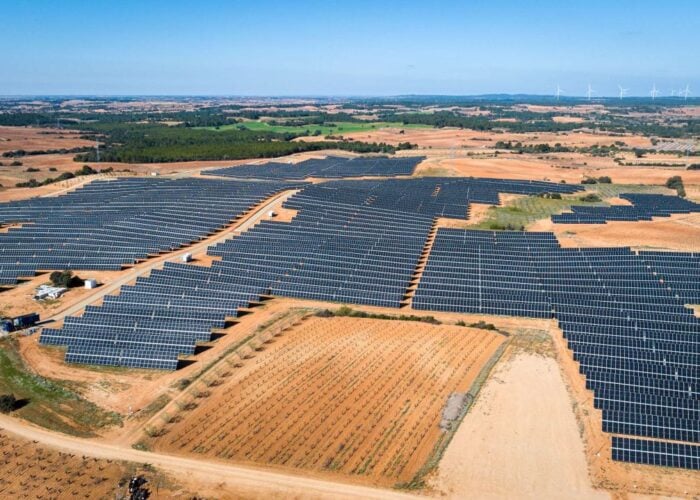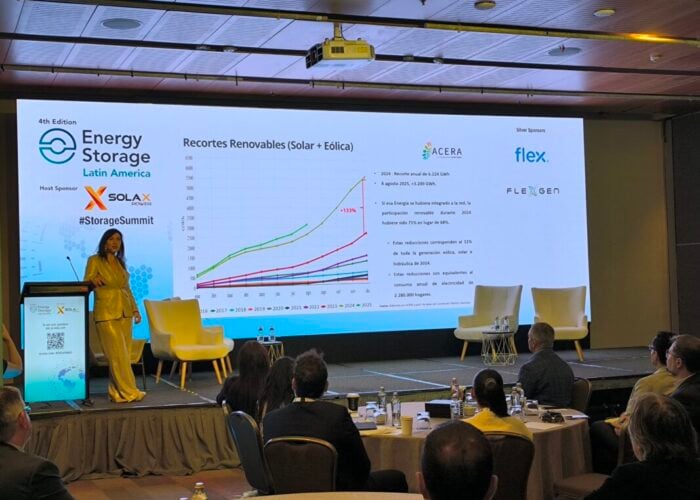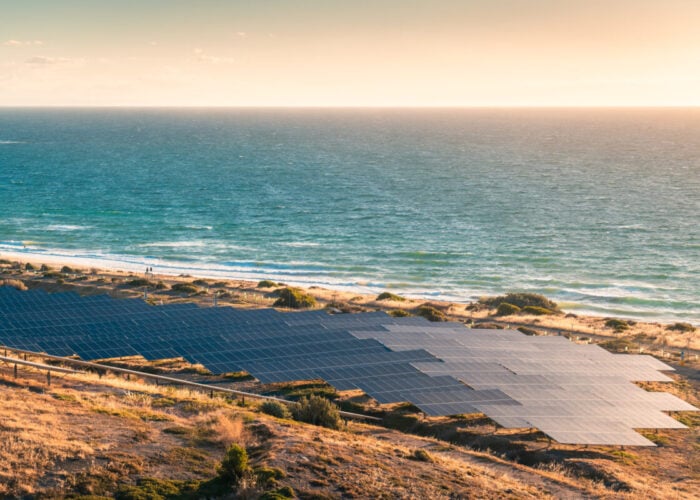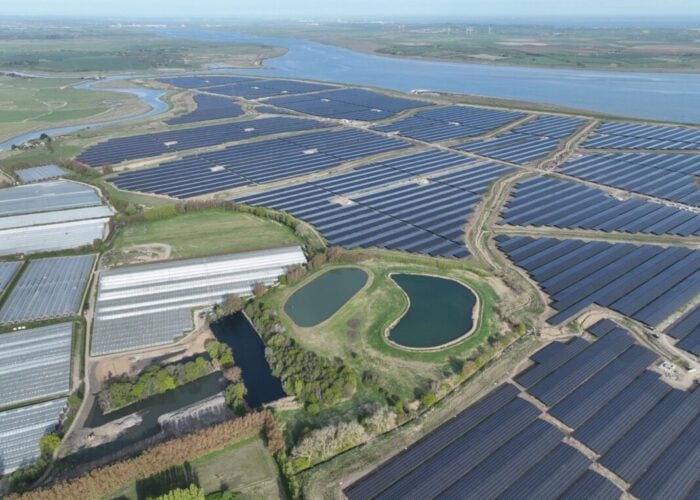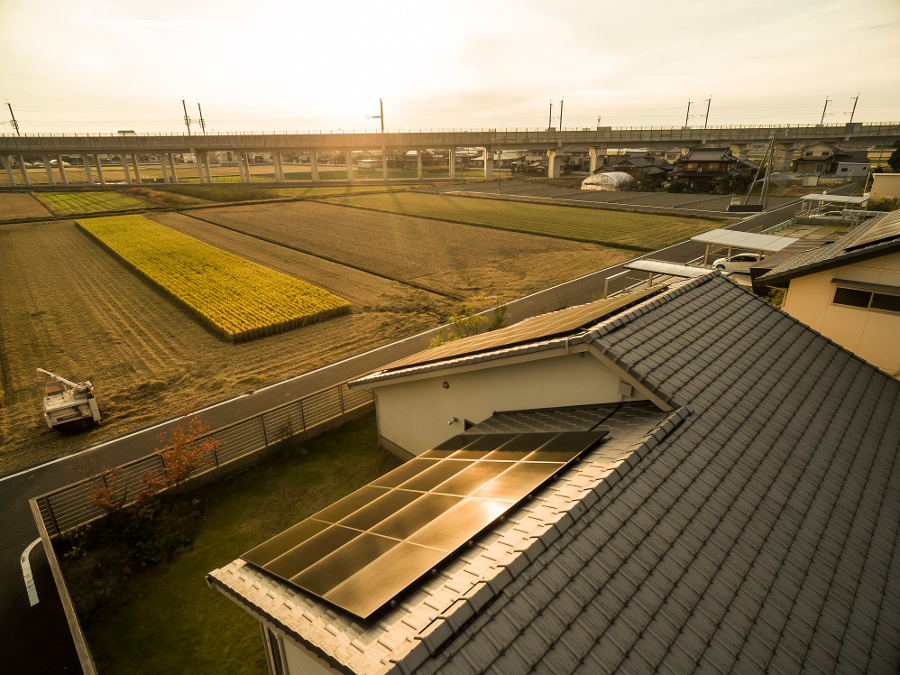
Japan’s FiT for the next financial year could be set at ¥24 (US$0.21) per kWh, while controversial curtailment rules to restrict output from PV plants have been applied on the southern island of Kyushu.
Japanese news outlets reported on Tuesday that a panel advising the government’s Ministry of Economy, Trade and Industry was recommending the new price, which would be applicable to power plants of over 10kW capacity. This represents a 3% drop from the current level of ¥27, around 11%. The drop is in line with the more moderate degressions of the first couple of years of the policy than last year’s cut, when it was slashed by an unprecedented 16%, following a period in which solar was drawn into wider discussions about Japan’s energy policy.
Try Premium for just $1
- Full premium access for the first month at only $1
- Converts to an annual rate after 30 days unless cancelled
- Cancel anytime during the trial period
Premium Benefits
- Expert industry analysis and interviews
- Digital access to PV Tech Power journal
- Exclusive event discounts
Or get the full Premium subscription right away
Or continue reading this article for free
Residential solar, generators smaller in scale than 10kW, would see a drop of ¥2 per kWh from this year’s level. The proposed rates still need to be approved by minister Motoo Hayashi.
Japan is expected to stick to its course of targeting 22% to 24% of its energy to come from renewable sources by 2030, which according to previously issued documents and the Japan Photovoltaic Energy Association (JPEA) is equitable to around 64GW of PV, leading to speculation that the country’s large-scale sector in particular could be restricted by the time an auction process is introduced to tender utility-scale projects in the 2017 financial year.
Power company curtails PV, adds coal, nuclear
Kyushu Electric, the first of Japan’s regional power companies to suspend applications for PV plants to connect to the grid in 2014, revealed that it curtailed the output of solar generation facilities over the weekend. Under rules introduced last year, power companies, which act as both utility and transmission system operator, were given the right to increase the amount of time they could stop accepting power from PV plants, including some uncompensated curtailments.
The curtailment rules were cited as a barrier to investment in the sector during 2015, according to various sources, as much for the uncertainty engendered by their introduction as for a genuine expectation of lost income. According to Kyushu Electric, on Sunday the power company was forced to curtail output from PV for the second time since May 2015, although it appears to have only had to curtail power from one 1MW facility. Meanwhile, Kyushu Electric began construction of two coal-fired power stations with a combined capacity of 1.7GW at the end of January and started up nuclear reactors in August and October.
Shuttered since the Fukushima disaster, Japan’s nuclear power plants are slowly coming back online. However in the past few days one power company, Kansai Electric, has had to deal with the leak of contaminated water from a reactor preventing it from reactivating the plant. While the company says that there is no evidence of damage to the environment at the Takahama nuclear plant, it is investigating the problem.
Japan's PV industry is the focus of three special feature articles in PV Tech Power Volume 6, available to read online and in download free of charge (subscription required).

